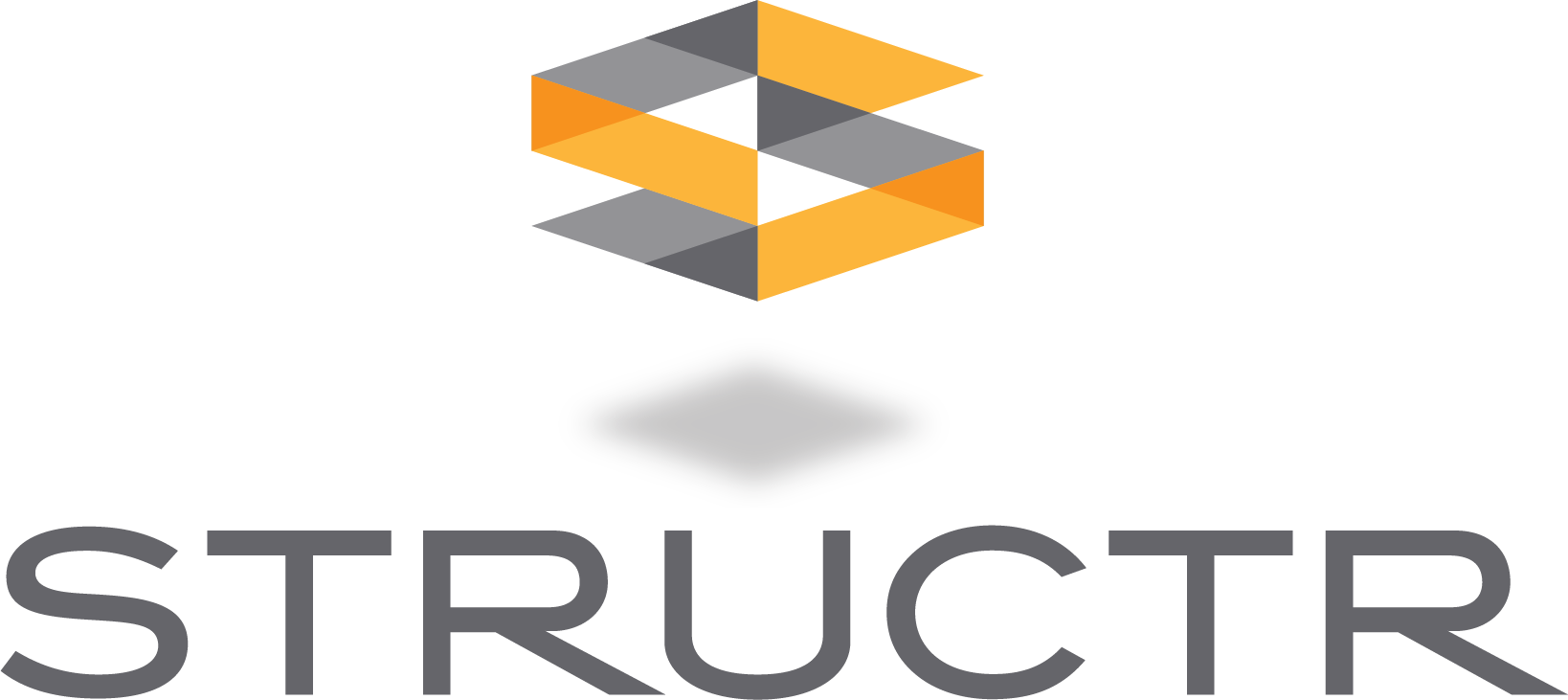

Nov 30, 2023
The Greenbuild Conference has become one of the most attended sustainability and technology conferences in the world, and the largest conference and expo dedicated to green buildings. Greenbuild connects professionals from various industries that all have a similar interest: educating, designing, building, investing, and developing communities that are good for people and the environment. Since the first Greenbuild Conference in 2002, the community has grown to host over 30,000 people from over 100 countries. This past September, I had the privilege of attending my very first Greenbuild International Conference in Washington D.C., where I attended green building tours, education sessions, networking events, keynote speakers, and dinner parties. This blog contains an overview of my experience and my key takeaways from the event.
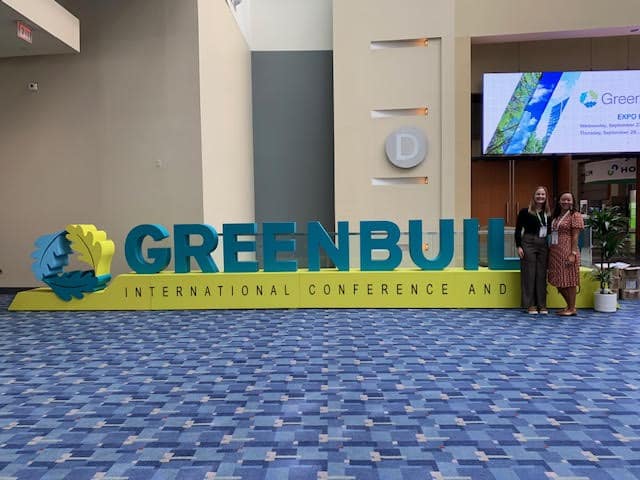
Sydney Covey and Laine Harrington at the Greenbuild 2023 conference hall.
Some of my favorite moments of the week were spent on green building tours, where attendees could choose from a list of tours being conducted in and around the district. I ended up choosing ones that I thought would introduce new sustainable design concepts while also taking me to facilities I personally found interesting. My first tour was of a 12-story, 104-unit affordable housing project that is Enterprise Green Communities and Energy Star-certified. Known as Capitol Vista, this highly energy-efficient multifamily residential building utilized Friedrich VRP heat pumps, a tight building envelope, and high-quality building materials to ensure the mechanical systems could efficiently support the residents of the building while keeping operating costs low. We got to tour the luxurious common spaces, a residential unit, and the roof top terrace with a vegetative roof. With the assistance of subsidized funding, this building provides living spaces to low-income families and individuals with a 30%-50% average median income. Something I found special about this project was that not only was the focus to provide an affordable housing option to the area, but the developer wanted to make sure these residents had the same quality of life as the other luxury housing opportunities down the street. This project had affordability, efficiency, equity, and sustainability at the forefront of all design and construction decisions.
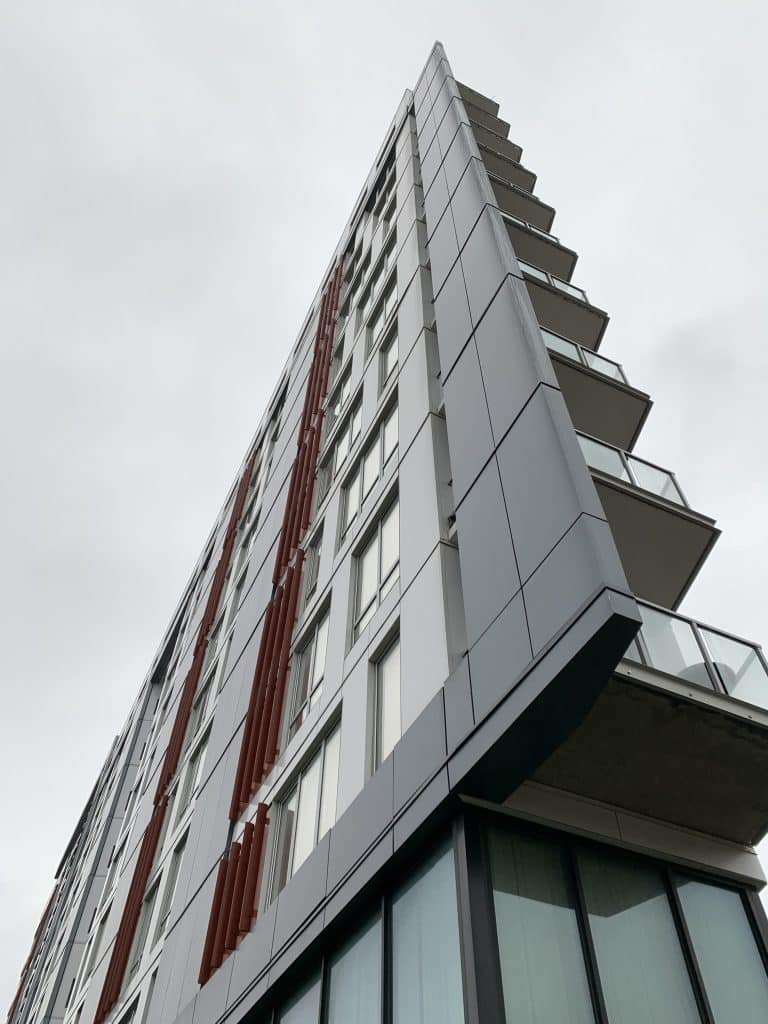
Capitol Vista apartment building
Another tour focused on projects with indoor and outdoor spaces that serve as essential infrastructure that create habitats, provide flood control, clean and cool the air, improve public health, and foster resilience. The first stop was at a public city park that was built with the management of stormwater and runoff in mind. This SITES certified park collects rainwater in underground cisterns, then treats and reuses it in bathroom facilities, water fountains, and water features throughout the park landscape. We then went to the United States Botanical Garden, where we got a tour of the historical renovation of Bartholdi Park and fountain which contains their kitchen garden. We learned insight of the phasing of the renovation and how the landscape architects protected the historical relevance of the site. Our last stop was at the newly renovated headquarters of the American Society of Landscape Architects, where we were given a tour of their WELL certified office space as well as their green roof. Despite being out and about in the cold rainy D.C. weather, getting to start the Greenbuild conference with building and site tours was a great way to kick off the week.
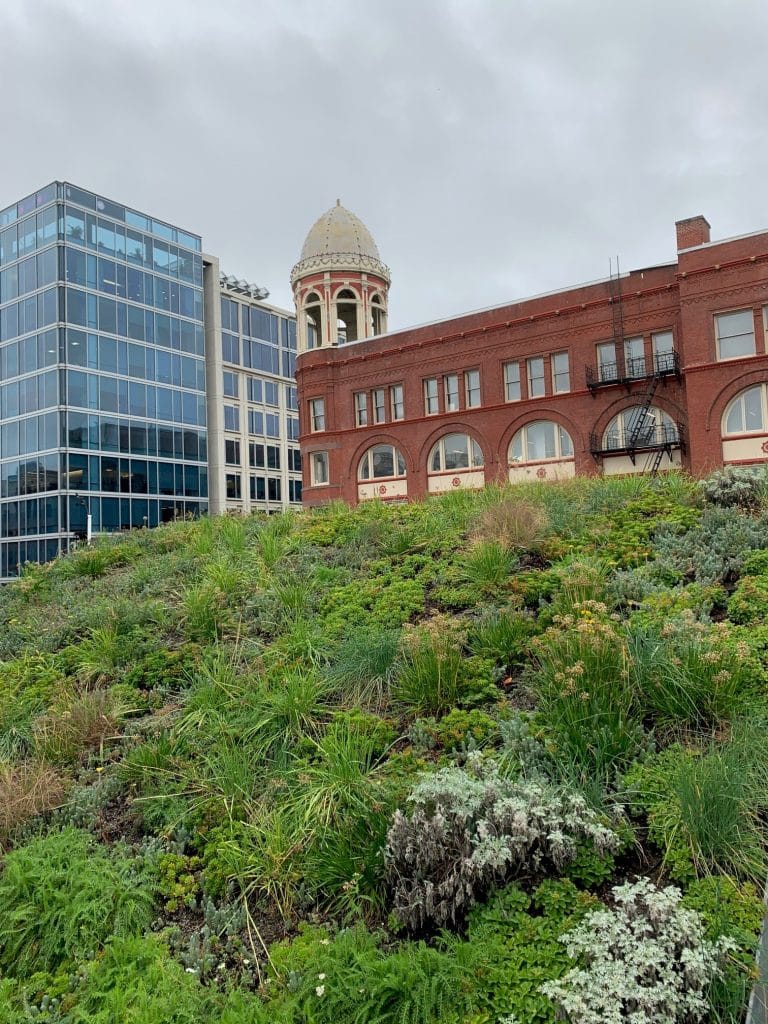
Green roof at the ASLA Headquarters
One of my favorite things about Greenbuild is that the week is structured however you want it to be – there are learning sessions, the expo hall, networking meetups, keynote speakers, happy hours, the Greenbuild Gala, and so much more to choose from to fill your days and nights. The learning sessions covered so many angles of sustainability, and I wanted to choose sessions that introduced new concepts to me while continuing to invest in relevant areas of expertise. I tuned in to sessions about ESG reporting, the Netherland’s circular economy policies, geothermal technologies in high rise existing buildings, regenerative design, low carbon concrete, and more! Aside from the learning sessions, browsing the expo hall was another great way to learn. There are hundreds of organizations and companies excited to share their innovative services and products that can contribute to the work of sustainable building and development. The expo hall had something for everyone. Whether you’re an interior designer looking for your next favorite carpet or a superintendent wanting to understand how to navigate the utilization of cross laminated timber on your project site, the expo hall provided opportunity for engaged learning and professional opportunities.
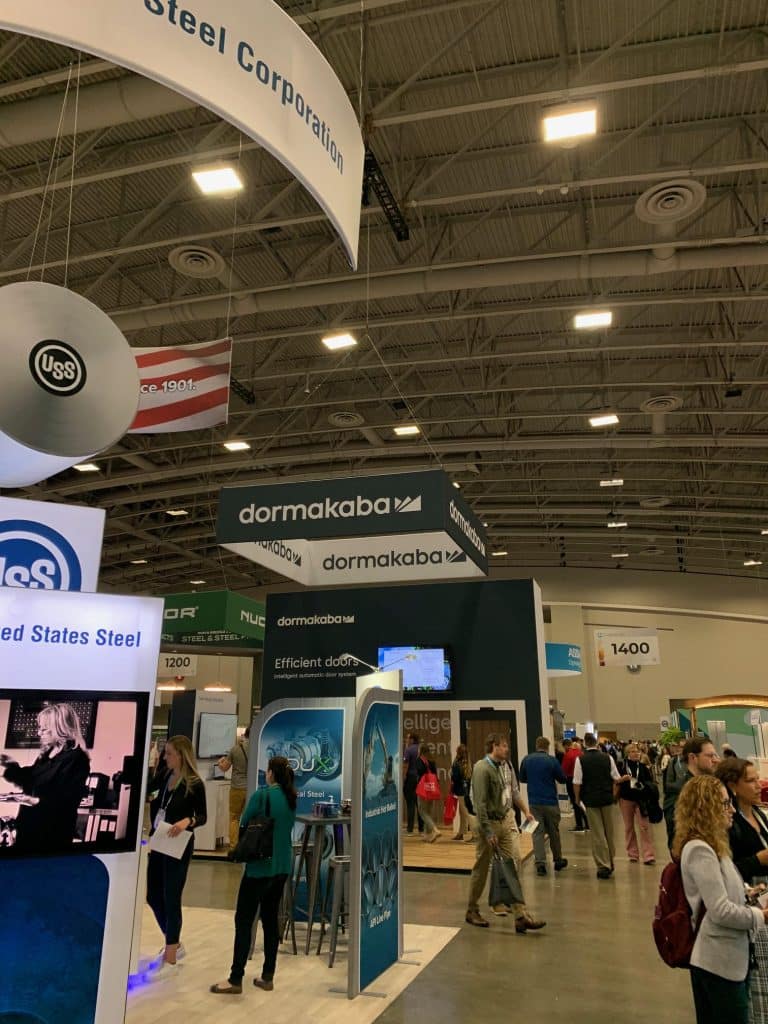
Greenbuild Expo Hall
Some of the most impactful moments at Greenbuild are found during the keynote speaker events. The opening keynote speaker, Kal Penn (who is a writer, actor, producer, and former Director of the White House Office of Public Engagement), brought a perspective on sustainability through his work in the federal government and mainstream media. He highlighted the importance of finding ways to create systemic changes instead of only performative action. He also commented on the huge milestone that was the passing of the Inflation Reduction Act, and how that was possible because of years of youth advocacy. He really emphasized the role that the younger generation has in the movement of sustainability in the built environment, which was a great way to spark motivation to begin the week. The Women in Green luncheon, an event with 700+ attendees, highlighted trailblazing women in the green building industry and environmental activism space. We got to hear women tell their stories as business owners, policy makers, designers, builders, and how their experiences have shaped them into who they are today. It was a refreshing session that encouraged self-reflection and great conversation amongst all types of people in the sustainability space. The closing keynote speaker (my personal favorite) was Dr. Ayana Elizabeth Johnson who is a marine biologist, writer, activist, and business owner. She was such a powerful way to end the week, as she talked about the possibilities of combating the effects of climate change through innovation and policy change. Not only did she express her excitement towards the change that is made through events like Greenbuild, but she also reflected on how important it is for us to identify our individual needs for happiness. She presented a determined outlook on the fight against climate change.
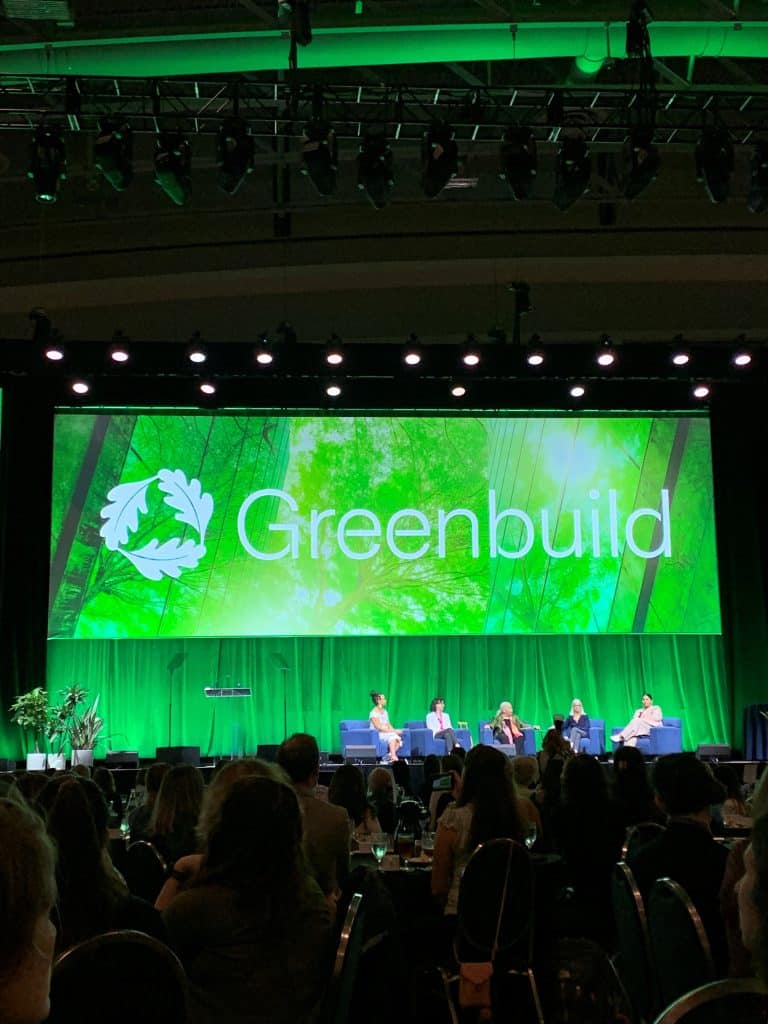
Women in Green Luncheon Panel
Being able to attend Greenbuild 2023 has been a highlight of this year, and I am so thankful to have been able to connect and learn with others in the green building space. I loved getting the chance to meet other young professionals, which allowed me to gain differing perspectives from varying positions in the AEC industry that I will continue to learn from. Greenbuild is an event that so many people could benefit from. I encourage anyone who is involved in design, construction, or development (whether you are familiar with sustainability or not) to explore the opportunity to attend – you will not regret it!